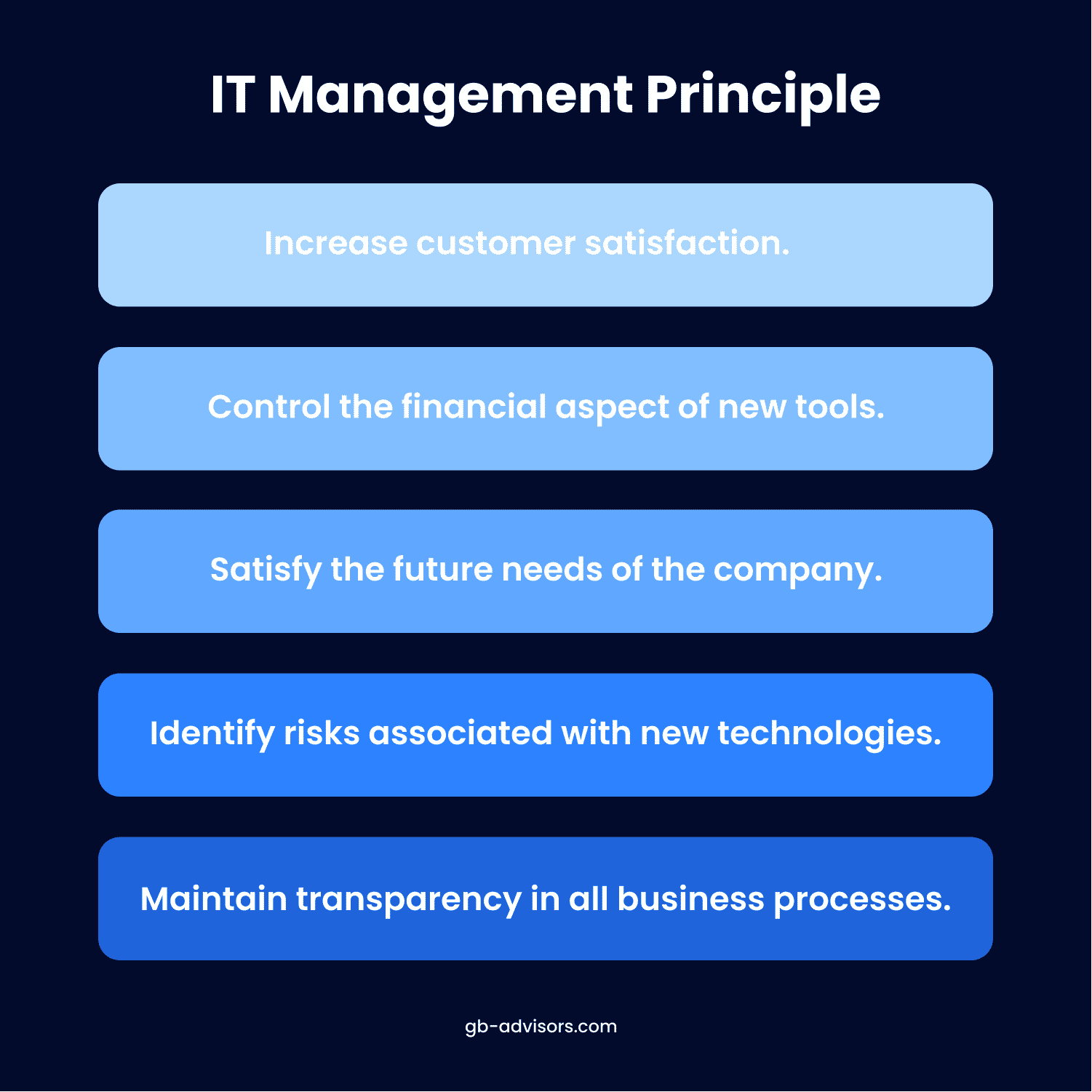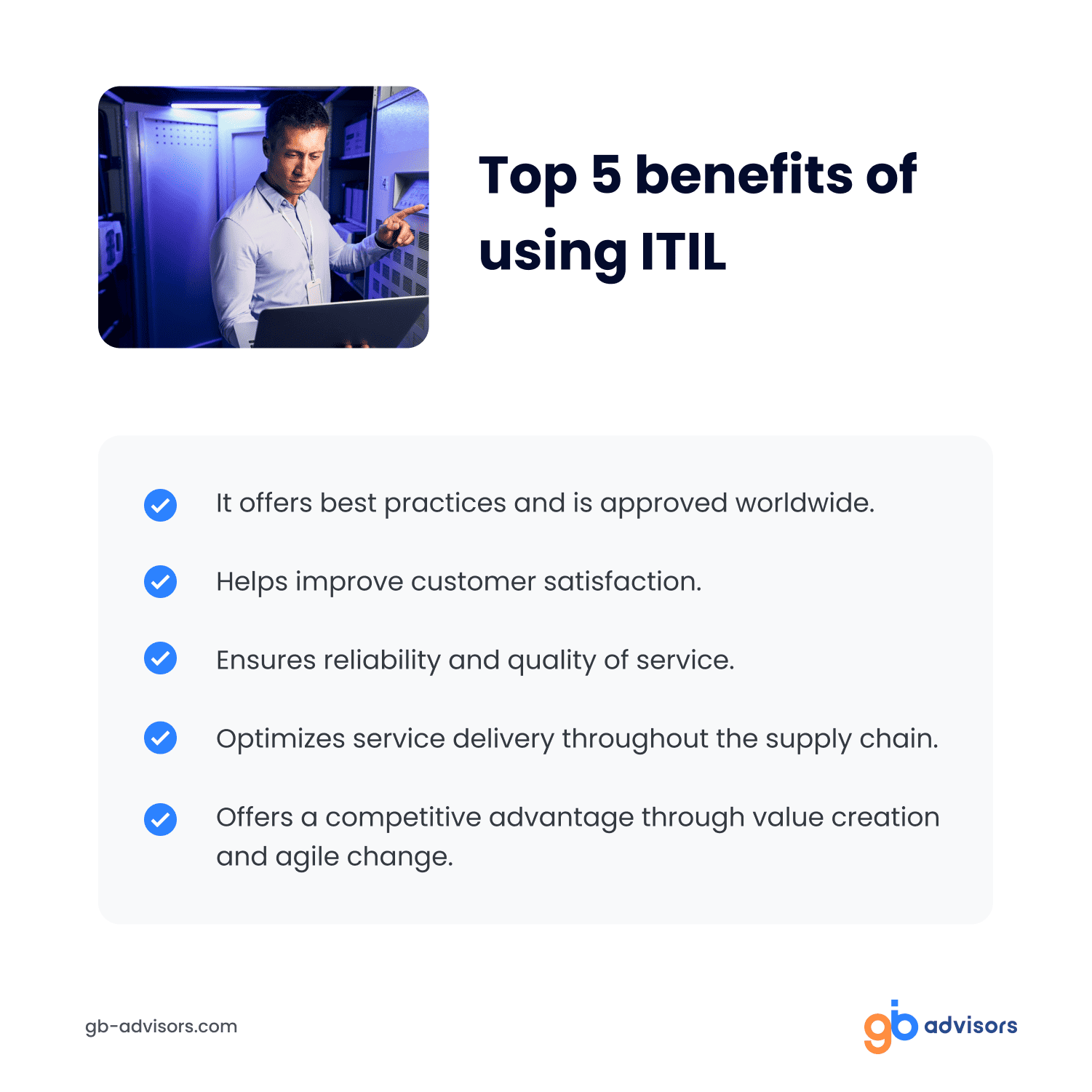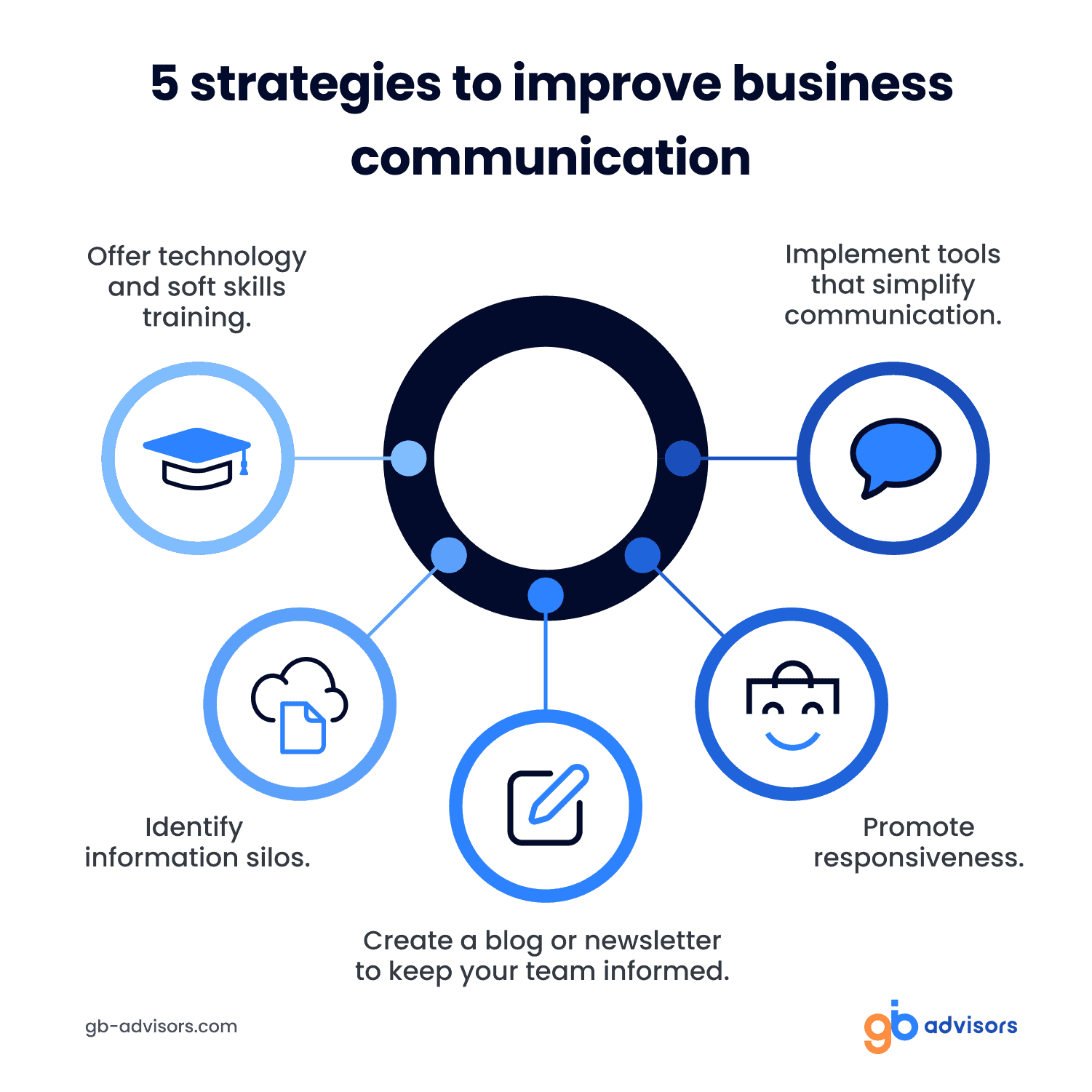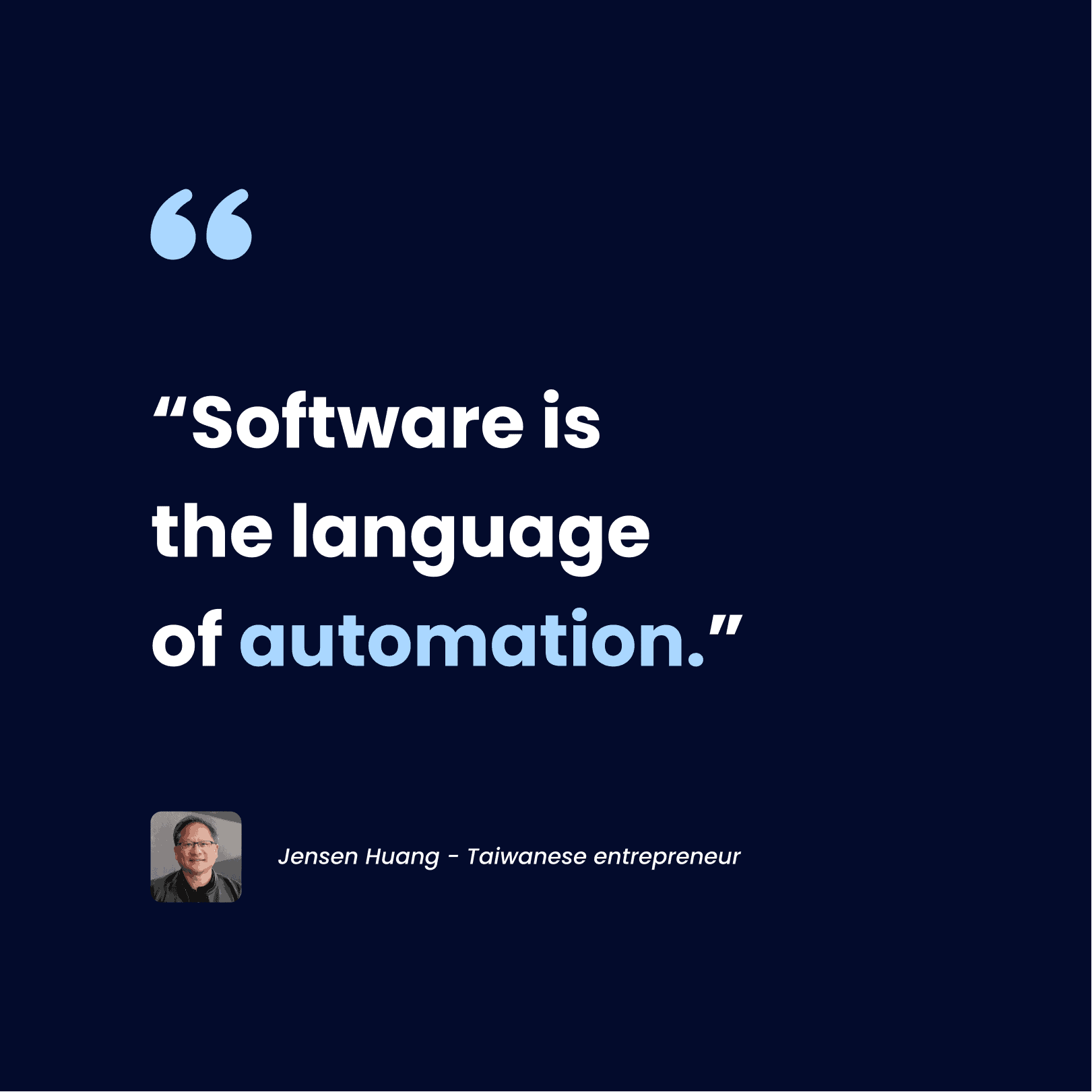IT tools have become a dynamic, strategic, and essential asset for an organization to succeed in today’s market. However, these solutions continue to raise questions within companies.
Among the most common queries are:
- How to effectively harness the power of IT tools?
- Is it possible to maximize the investment in these technologies?
- How to limit the risks associated with their implementation?
Fortunately, all the answers can be found through a single parameter: good IT management. This process plays a much more critical role than may be perceived in some corporate environments.
If you do not yet know how to implement this strategy in your company or simply want to enhance your current approach, in this article we have compiled several practices that will put you on the right track. Let’s get started!
What does IT Management do?
Information technology management (ITSM) represents an integral part of overall organizational governance; it includes organizational and leadership structures and processes that ensure that the company’s IT contributes to the achievement of business strategies and objectives.
The primary goal of a robust ITSM framework is to ensure that investments in IT information and management produce real business value. It also seeks to mitigate IT risks, such as threats to cybersecurity and misalignment between IT professionals and business priorities.

Essential elements
Good IT management is the result of a combination of essential elements such as processes, structures, and relational mechanisms.
Structures: Structures include how the IT function is organized.
Processes: Processes comprise all strategic activities of the information systems and the measurement of their performance.
Relationship Mechanisms: Includes participation of key stakeholders, the collaboration between business lines and IT staff, rotation of responsibilities, and continuous training.
Best Practices for IT Management
#1 Use a Framework
Managing the organization’s information technologies, as well as the human resource that interacts with them, can be a big challenge. Luckily, you don’t have to start from scratch when establishing the most appropriate strategies for your business. On the contrary, you can rely on best market practices, which successful companies have already established and condensed into effective frameworks.
Some preferred frameworks for organizations in the world are ITIL, COBIT, and ISO. They are all only referential; which means that they do not represent rigid standards that you have to strictly adhere to. So, just try to choose processes that really suit your business.

#2 Get support from top management
A key factor in the success of good IT Management is senior management, which provides direction, mandate, and ongoing commitment to the initiative. In other words, IT Management is about implementing governance and management practices. It is, therefore, the responsibility of the highest level of the organization. Without strong senior management involvement, conducting a successful ITSM will become an enormous challenge.
#3 Make sure there is clear communication
Your company has probably adopted a common internal language or lexicon to ensure clear communication. Be sure to use this language when trying to convey the key points in the implementation of ITSM in your organization.
Keep in mind that the ITSM application can become complex, so, facilitate the implementation process by communicating with other members of the company in a language that is simple and understandable to everyone. This will allow knowledge to expand more rapidly and will allow a real commitment to be reaffirmed when applying IT Management strategies.

#4 Start with easy-to-reach goals
As with every new product introduced into the professional environment, it is important to focus on the “Quick Wins”. This trick is reflected in the prioritization of the most beneficial improvements in the context of ease of implementation. This rapid achievement of objectives and realization of the first benefits will help to strengthen credibility and trust. In this way, it will reinforce the continuous investment of time and money, as well as the motivation of those involved in the change.
#5 Invest in good tools
Automation represents an essential factor in the implementation of any IT Management strategy. So make sure that your team has the best tools when carrying out their activities.
As a result, this will allow the empowerment of workflows and will result in a faster and more efficient delivery of services, composed of processes and measurable results that will help you ensure the continuous improvement of your business.

The implementation of automated ITSM software is a key element in this transition. With this tool you will be able to manage requests efficiently and monitor your employees’ work.
If you want to learn more about this solution, our team of experts is ready to help you. Contact us and receive a free consultation.



